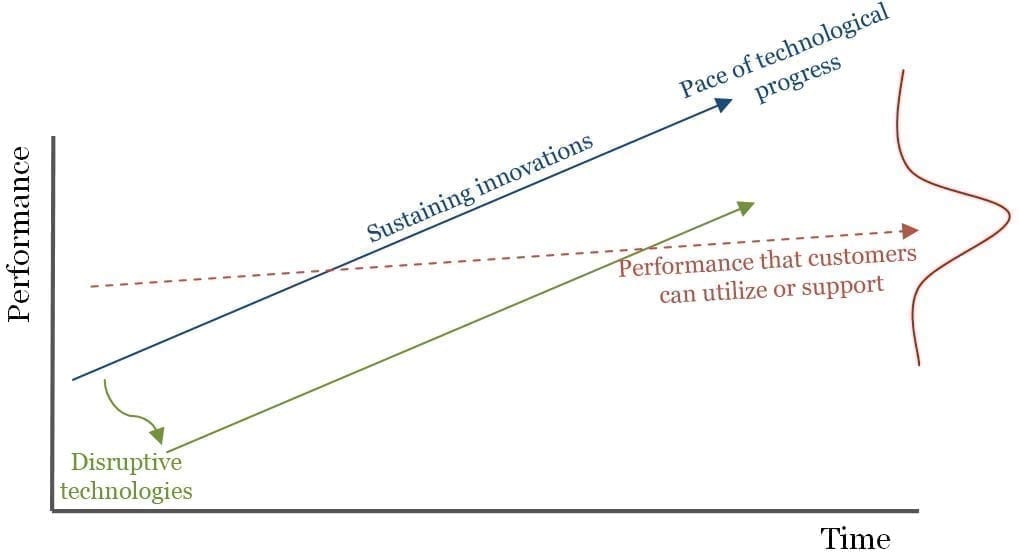
- Image via Wikipedia
Most research on renewable energy has focused on replacing the electricity that now comes from burning coal and natural gas.
But the spill in the Gulf of Mexico, the reliance on Middle East imports and the threat of global warming are reminders that oil is also a pressing worry. A lot of problems could be solved with a renewable replacement for oil-based gasoline and diesel in the fuel tank — either a new liquid fuel or a much better battery.
Yet, success in this field is so hard to reliably predict that research has been limited, and even venture capitalists tread lightly. Now the federal government is plunging in, in what the energy secretary, Steven Chu, calls the hunt for miracles.
The work is part of the mission of the new Advanced Research Projects Agency – Energy, which is intended to finance high-risk, high-reward projects. It can be compared to the Defense Advanced Research Projects Agency, part of the Pentagon, which spread seed money for projects and incubated a variety of useful technologies, including the Internet.
The goal of this agency, whose budget is $400 million for two years, is to realize profound results — such as tens of millions of motor vehicles that would run 300 miles a day on electricity from clean sources or on liquid fuels from trees and garbage.
One miracle would be a better battery. A pound of gasoline holds about 35 times more energy than a pound of lead-acid batteries and about six times more than lithium-ion batteries. Cars must carry their energy and expend energy to carry it, so the less weight per unit of energy, the better.
David Danielson, an Energy Department official, oversees a program to invest in start-up companies with new approaches to batteries, which is a new strategy; in the early 1990s, the department decided to concentrate all its efforts in lithium-ion research and gave up on other chemistries.
One new technology would allow every car, at modest extra cost, to shut down automatically at each stop sign or red light; when the driver tapped the accelerator, the battery would instantly get it going again. (Hybrids like the Prius do that, but at a substantial cost premium.)
A team at an infant company is using tiny carbon structures called nanotubes to store electricity. The goal is to create something the size of a flashlight battery, holding only about 30 percent as much energy, but able to charge or discharge in two seconds, almost forever.
The technology could form part of the battery pack for a car, cheaply delivering the energy for a jackrabbit start, without damaging conventional chemical batteries, which can store vastly more energy but can only accept or deliver it slowly.
It could also provide a cellphone battery that would charge in five minutes. That kind of battery is called a capacitor.
Joel E. Schindall, a professor at the Massachusetts Institute of Technology and a scientist on the project, pointed out that a capacitor was the original battery. Benjamin Franklin built a set of glass bottles that stored electricity and released it all at once; he called it a battery because, like guns, the bottles fired simultaneously.
But the nanotubes are modern. The walls of the tubes are about 12 atoms thick, and they grow, like leaves of grass, with just enough space between them to provide docking stations for charged particles. So a lot of charged particles can fit into a small space, with very light structures. He compares the device to a book shelf with very thin shelves placed exactly far enough apart to accommodate the books. Because the connection is physical, not chemical, the charged particles can attach and detach almost instantly. The result is a small, light, powerful package.
Related articles by Zemanta
- New Battery for Cheap Electric Vehicles (technologyreview.in)
- Micro-supercapacitors with capacitances that are thousands of times higher than regular capacitors (nextbigfuture.com)
- Investors all charged up for US battery firms (businessgreen.com)
- New Battery for Cheap Electric Vehicles (technologyreview.com)
- Crude Oil: The Ugly Truth(s) (socyberty.com)
- Nine Challenges of Alternative Energy (theoildrum.com)










